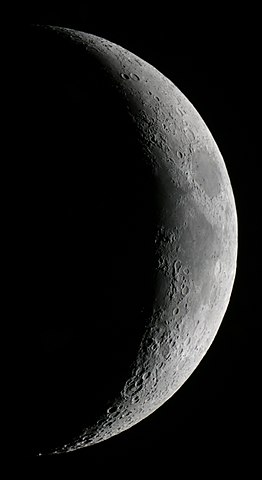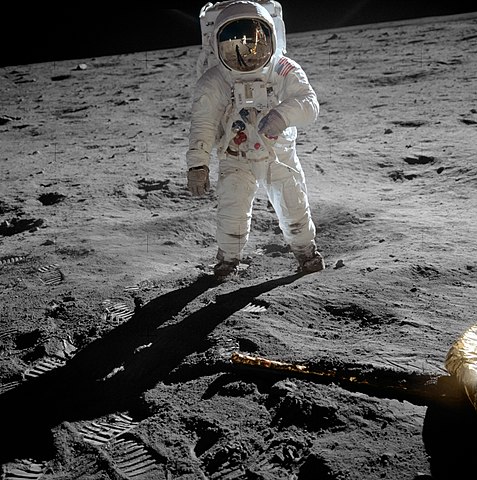We've learned about all of the phases of the moon, and the blue moon.
Another special type of moon is called the Harvest Moon or Hunter's Moon.
The harvest moon is special because it looks red!
Remember a long time ago we learned about the different colors of light, ROY G BIV?
When the moon doesn't look high up in the sky, but instead low down towards the ground, we call that on the horizon. And when you're not looking up in the sky but out on the horizon, you're looking through the sky (the atmosphere) into space at a different direction, and the color Red (from ROY G BIV) stands out more, which makes the moon look red!
It's called a harvest moon because it shows up in the fall when farmers are harvesting their crops.

(from: wikipedia - full moon)
Kid Facts - Blast from the past: Atmosphere





















